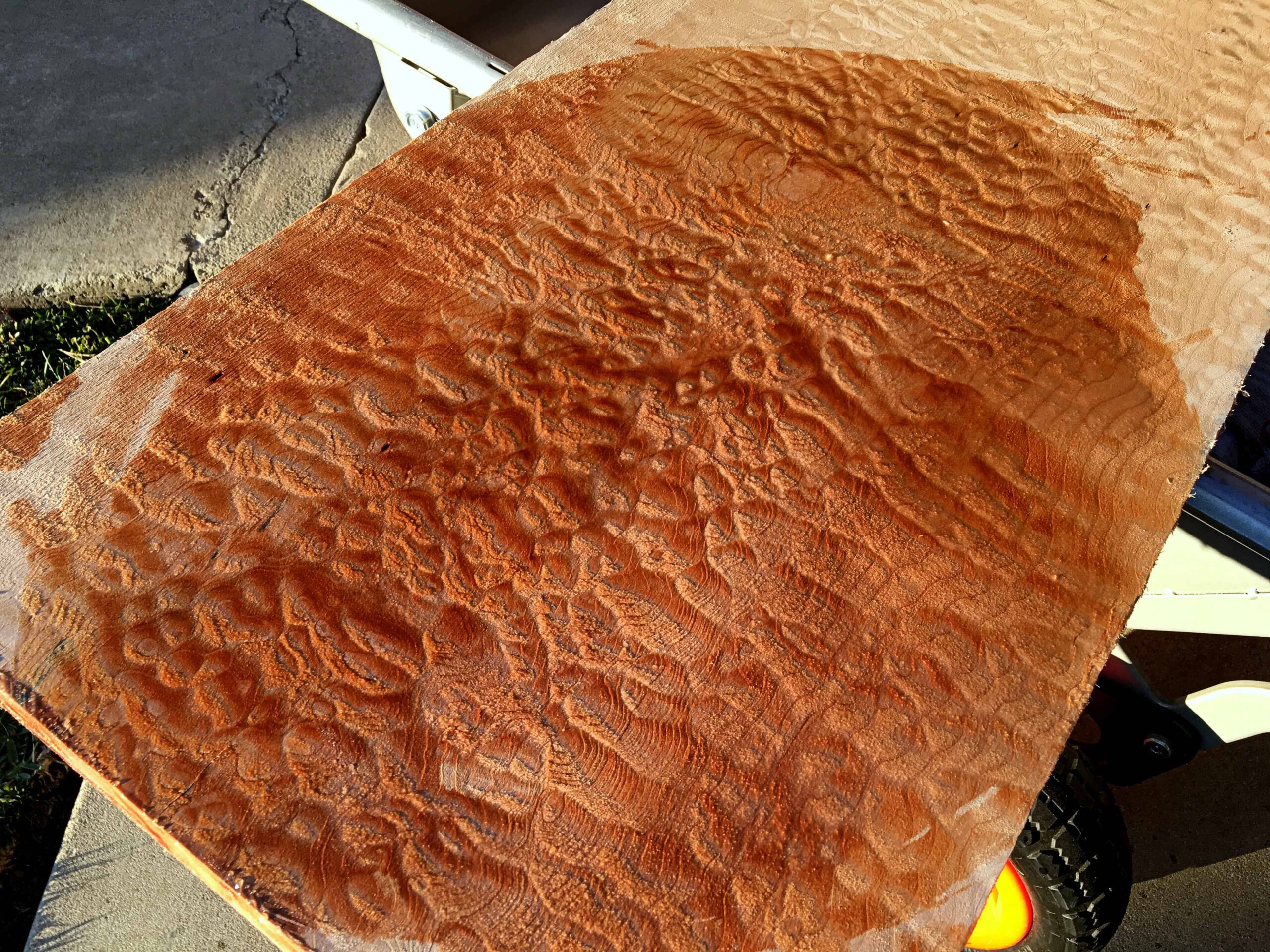"Maple leaf is a common name for the leaves of various species of maple trees, which have distinctive shapes and colors.Maple leaves are often associated with Canada, where the sugar maple leaf is featured on the national flag and symbolizes unity, tolerance, and peace"
"Maples are distinguished by opposite leaf arrangement. The leaves in most species are palmate veined and lobed, with 3 to 9 (rarely to 13) veins each leading to a lobe, one of which is central or apical."
Leaf Maple Explained
Leaf Maple describes a group of hardwood sub-species in the Acer genus, each with their own unique mesmerizing beauty. But what exactly is Leaf Maple? It is the classification of maple wood where each maple species is identified not by its bark or trunk, but by its distinctive leaves.
Leaf Maple refers to a family of maples, each species identified & categorized based on its unique foliage characteristics. From Sugar Maple’s iconic 5-lobed leaf to Western (or Pacific Coast) Big leaf Maple’s enormous foliage, nature’s artistry identifies each type of maple lumber.
There is a story behind each variety of maple leaf.
Why is the Leaf Used To ID Maple Specie?
Maple is identified by leaf type because leaf characteristics provide important data about the species. Additionally, there are enough distinguishing feature to delineate one type of maple from another.
Maple trees (Acer genus) includes a wide range of species. While Acer species have many unique properties such as bark texture or growth habits, leaves tend to have consistent characteristics within each species.
The leaf type of a maple tree is determined by factors such as the arrangement of leaves on the stem, the shape of the leaf, the number and arrangement of veins, and the lobing or division of the leaf.
Identifying maple species by leaf type is especially useful because leaves are readily observable and accessible, even when trees are not in bloom or baring fruit.
The leaf structure’s characteristics include:
- Amount of lobes
- Shape of lobes
- Vein structure
- Leaf shape
Identifying Maple Lumber When the Leaves are Gone!
The information above obviously applies to maple in tree form. However, woodworkers typically use maple wood in log, board or timber form. Accordingly, there are no maple leaves to examine.
In woodworking, knowing the specific maple species is important for selecting the appropriate specie for various applications. Different maple species exhibit variations in color, grain pattern, hardness, and other physical characteristics, making them suitable for specific purposes such as flooring, furniture, cabinetry, or musical instruments.
Thus, although woodworkers use leaf-based names, they rely on other maple wood characteristics to ID maple lumber. These factors include:
- Heartwood color
- Sapwood color
- Maple wood density
- Grain pattern
- Figure pattern
Overall, identifying maple by leaf type is a practical and reliable method that allows for accurate classification of species, aids in understanding their unique attributes and adaptations, and assists in selecting the right maple lumber for specific woodworking projects.
Leaf Maples: Most Commonly Used in Woodworking
| Leaf Maple Scientific Name | Common Names |
|---|---|
| Acer saccharum | Sugar Maple, Rock Maple, Hard Maple |
| Acer macrophyllum | Bigleaf Maple,. Pacific Coast Maple, West Coast Maple |
| Acer rubrum | Red Maple, Soft Maple, Eastern White Maple |
| Acer saccharinum | Silver Maple |
| Acer negundo | Boxelder, Box Elder, Ash Leaved Maple |

